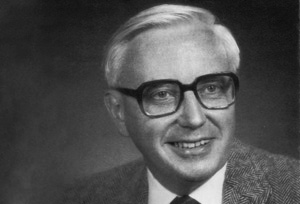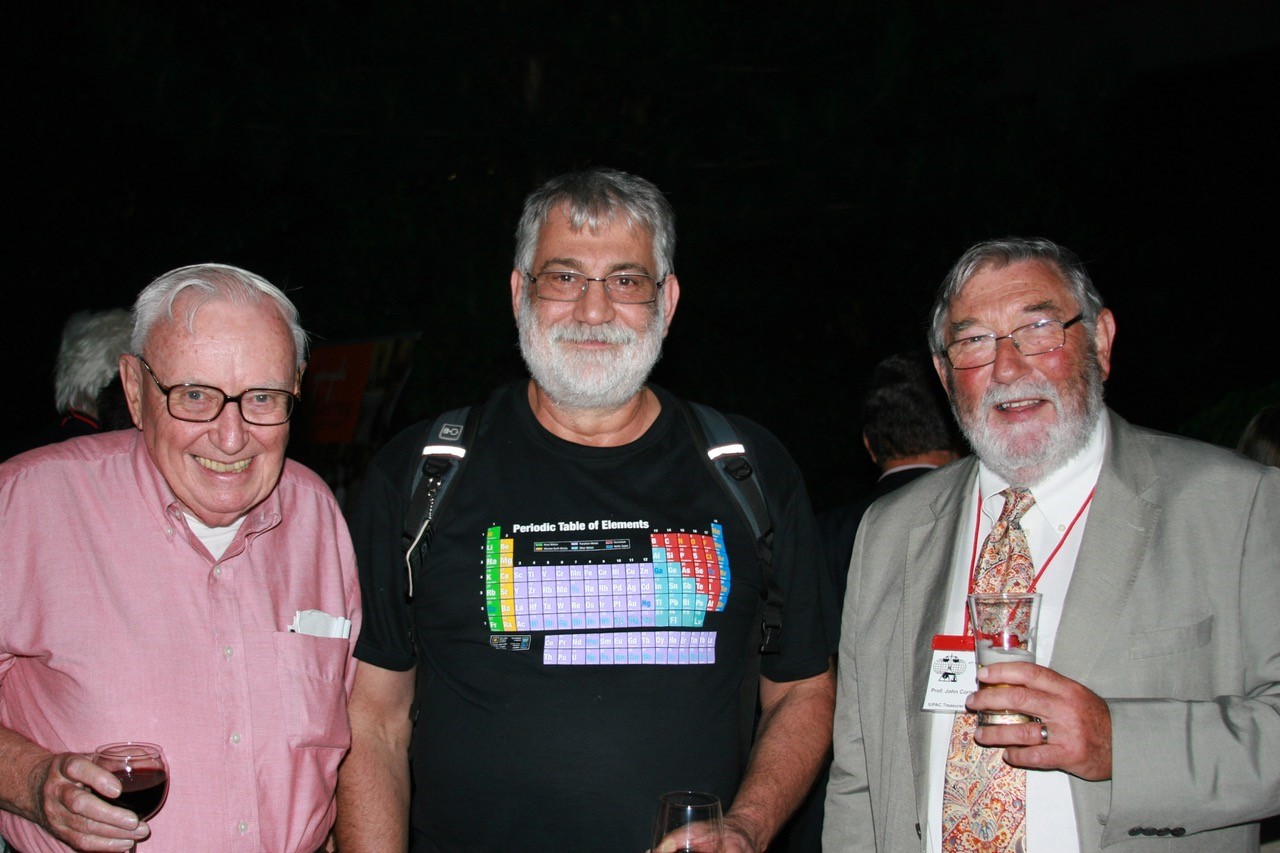Norman E. Holden
Norman Edward Holden was born in New York City on 1 February 1936. With a 1957 Bachelor of Physics from Fordham University, he went on to earn a PhD in nuclear physics from the Catholic University of America in 1964 for studying the three-body forces in tritium. The following year Norman joined General Electric as a scientist at the Knolls Atomic Power Laboratory (Schenectady, NY), where, among other accomplishments, he developed the iconic GE Chart of the Nuclides.
In 1974, Norman joined the Brookhaven National Laboratory (Upton, NY). He dedicated the first half of his career there to the National Nuclear Data Center, and from 1989 until his retirement in 2001 Norman was a research coordinator at the High Flux Beam Reactor and Medical Research Reactor. His retirement, however, was a mere formality, for he continued to contribute to the field until his death, sharing his vast knowledge with collaborators the world over.
Nuclear data of radioactive isotopes is a valuable commodity that is used by manufacturers in the design of commercial nuclear power reactors – the better the data, the more precise the reactor design. Norman’s scientific career was devoted in large part to the critical evaluation of nuclear data, including the half-lives of radioactive isotopes, the cross-sections and natural abundances of the isotopes of the elements.
For many decades, Norman E. Holden’s scientific activities were inextricably linked with the International Union for Pure and Applied Chemistry (IUPAC). He is best remembered for his devoted service to the Commission on Isotopic Abundances and Atomic Weights (CIAAW). Having attended his first Commission meeting in 1971, held in Washington DC, and his last meeting in 2021, which was held virtually, Norman was the elder of the CIAAW for many generations of members.
Norman made his mark on IUPAC early on. During the 1973 Munich meeting, together with Paul de Bièvre, Norman proposed to review the data on isotopic abundance measurements and their impact on atomic weight values. The practices Norman established still remain in use for the evaluation of all atomic weights to this day. Norman became the Secretary of the CIAAW in 1975, and its Chairman in 1979. Perhaps one of the most valuable gifts that Norman has left to the current and future members of the CIAAW is the heartfelt account of the CIAAW history which he first published in 1984 and revised in 2004. For these contributions Norman became the living memory of IUPAC, and his gifts to the professional community will shine in perpetuity. Owing to his life-long dedication to the IUPAC, Norman was named an Honorary Member of the CIAAW in 2017.
Norman E. Holden is also remembered for his many contributions to science communication. While Norman’s research was devoted to better understanding of the isotopes, he recognized that most students and teachers are largely uninformed about isotopes or link them with words such as danger, radiation, harmful radioactivity or the atomic bomb project. To help address this misconception, Norman launched and chaired a monumental IUPAC Project in 2008 that culminated a decade later with the delivery of the interactive IUPAC Periodic Table of the Isotopes for the Education Community. This Project is a fitting legacy of Norman’s scientific career and shows that the most apt conceptual association for the isotopes is with terms like ‘useful’ and ‘life-saving’.
Norman served IUPAC in other capacities as well. From 1983 he was a member of the Commission on Radiochemistry and Nuclear Techniques until it was dissolved in 2001. One IUPAC Report that stands out from his service in this Commission was on the spontaneous fission half-lives for ground-state nuclides, co-authored with Darleane C. Hoffman (UC Berkeley College of Chemistry). In another IUPAC Report he reexamined the experiments for neutron capture and fission standards, in co-authorship with his daughter Kristen.
Norman passed away on 18 August 2022 in Shoreham NY at the age of 86, leaving behind a lasting legacy in public service in science, and an indelible personal image of understated generosity, civility, and professionalism.

CIAAW
Norman Edward Holden (1936-2022)
Norman E. Holden served as the 9th Chair of the CIAAW from 1980-1983, prior to which he also served as the CIAAW Secretary from 1976-1979. He remained active member of the CIAAW and attended his last CIAAW meeting in 2021 (virtual).

S.Yoneda/CIAAW
Norman E. Holden and his wife Gail in Banff (Canada) during the 2011 CIAAW meeting, along with CIAAW members Tiping Ding (left) and Paul De Bièvre (right).

F.Meyers/CIAAW
Norman E. Holden (left) sharing time with Robert D. Loss (middle, IUPAC Inorganic Chemistry Division President), and John (Seán) Corish (right, IUPAC Treasurer) during the reception at the IUPAC General Assembly in Istanbul in August 2013.
Robert Hicks talks to Norman E. Holden about the atomic weights for Science History Institute podcast Distillations (June 2016).


